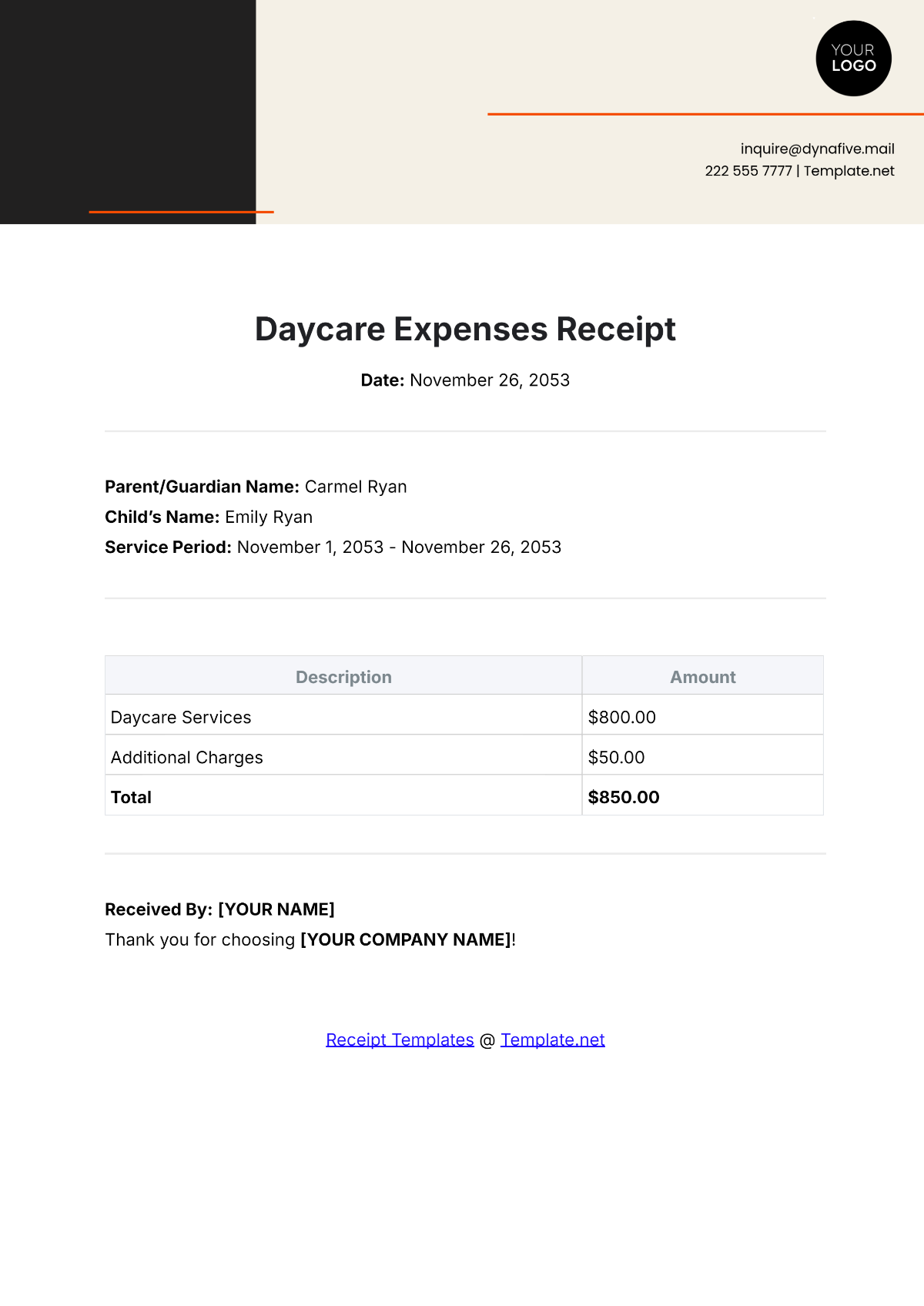Free Administration Expense Report
Track expenses accurately with Template.net's Administration Expense Report Template. Fully editable and customizable, this template allows you to document and manage costs efficiently. Tailor it to fit your financial reporting needs, editable in our Ai Editor Tool, for a professional expense report that ensures transparency and accountability.




























